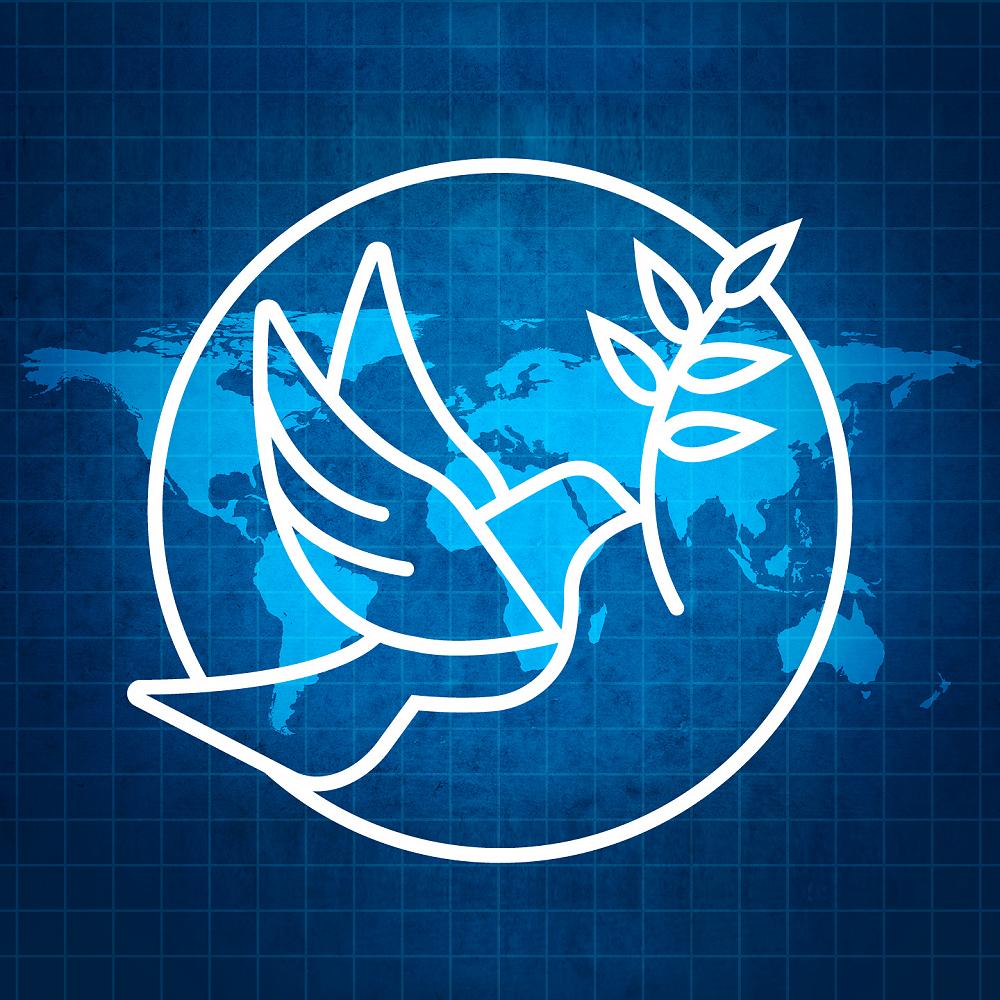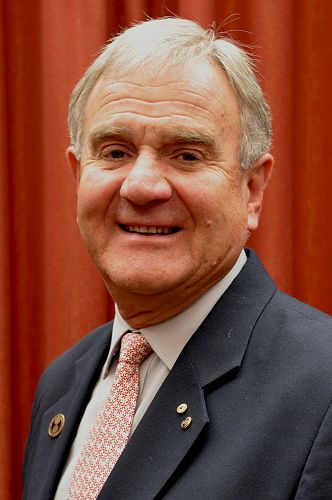
MAINTAINING POLIO SURVEILLANCE IN WAR TORN UKRAINE
Rotary is deeply concerned by the deteriorating humanitarian situation in Ukraine - the escalating loss of life and humanitarian hardship.
Article by PDG Bob Aitken - Rotary End Polio Now Coordinator
This of course includes the unfolding effects of the current crisis in Ukraine on the country’s health system. A functioning health system must be kept neutral and protected from all political or security issues affecting countries to ensure that people have continued access to critical and essential care.
Rotary and our Global Polio Eradication Initiative (GPEI) partners have seen time and again that large-scale population movements, insecurity and hampered access contribute greatly to the emergence and spread of infectious diseases, including polio.
Ukraine is currently affected by a circulating vaccine-derived poliovirus type 2 (cVDPV2) outbreak, with the most recent case detected in December 2021. A polio immunization campaign targeting nearly 140,000 unimmunized children throughout Ukraine began on February 1, 2022.
However, this is currently paused, as health authorities have shifted focus towards emergency services to cope with the military crisis. Surveillance to detect and report new cases of polio is also disrupted, increasing the risk of undetected spread of the disease among vulnerable populations.
The GPEI has a long history of working in a variety of complex environments, and will continue to adapt its operations to the reality on the ground in Ukraine, without compromising the safety and security of health workers if possible. The GPEI is working to urgently implement contingency plans to support Ukraine and prevent further spread of polio. This includes vaccination activities targeting children at internally displaced persons sites in the border regions of Ukraine, and deploying mobile vaccination teams to reach children along the border.
At the same time, immunization and surveillance efforts will be implemented in neighbouring countries, to minimize the risk and consequences of any potential infectious disease emergence or spread resulting from large-scale population movements.
Neighbouring countries will carry out public health measures to prevent, identify and rapidly respond to signals of polio through enhanced surveillance. This includes reviewing and updating preparedness plans, reviewing and improving immunization coverage at subnational levels and among high-risk groups. Such planning will ensure displaced populations are fully included in any mass vaccination or routine immunization activities.
It is critical that necessary resources are mobilized and made available to assist with humanitarian needs, including relief, disease response, and disease prevention efforts both in Ukraine and in neighbouring countries.
LATEST FIGURES
Meanwhile, the Global Polio Eradication Initiative reports a holding situation in relation to the incidence of the wild polio virus and vaccine derived virus in other parts of the world.
At March 2, there was only ONE reported case of the wild virus in Afghanistan.
Total number of cases in 2021 was six – ONE in Pakistan, FOUR in Afghanistan and ONE imported case into Malawi.
This is a pleasing situation when we note the numbers have come down from 140 in 2020 and 176 in 2019.
Total number of circulation vaccine derived cases (cVDPV) to March 9 is FOUR – compared with 24 for the same period last year, and 636 in 2021.
There were reports of one case of wpv in Israel some weeks ago but this was proved to be another case of cVDPV.
FUND RAISING
Rotary’s senior leaders acknowledged the huge demands on Rotary Clubs in the wake of massive flooding down the east coast of Australia – and the conflict in Ukraine – but are obliged to remind clubs and districts of the dire need to maintain continued funding of the END POLIO NOW campaign.
President Shekhar Mehta requested all Clubs to donate US$1,500 to sustain the Polio program during his year of office – and for District Governors to consider allocating 20% (or part thereof) of their District Designated Fund to our priority program.
Gallery
